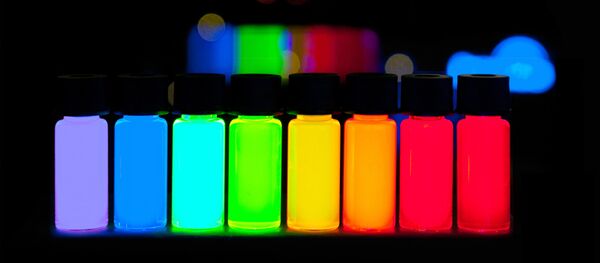Brought to you by the National Research Nuclear University MEPhI
The new non-destructive testing (NDT) method of quality assurance of nuclear reactors, which makes it possible to identify potential weaknesses in the concrete structures of these devices, was designed at the National Research Nuclear University (MEPhI) in Moscow and has now ben successfully tested on the IBR-2 pulse reactor at the Joint Institute for Nuclear Research in Dubna, a small city near Moscow, MEPhI told RIA Novosti.
The new electroanalytical NDT method – the so-called scanning contact potentiometry – was developed at MEPhI’s ElphysLAB. This method provides for effective diagnostics of nuclear reactors in conditions close to real working conditions of nuclear material.
“Using the scanning contact potentiometry method, we can find forming fatigue cracks in the reactor’s steel and also predict where they are going to appear. For example, during the test, we found a 100-micrometer-long fatigue crack forming at a depth of 2 mm three hours before the test sample was destroyed,” noted Abu Gazal Ayman Ahed, a postgraduate student at the MEPhI Design of Device and Installations Department, who tested the method in Dubna.
According to Associate Professor Vitaly Surin, head of ElphysLAB, nuclear energy companies are already interested in the scanning contact potentiometry method. It has been successfully tested at the Rostov Nuclear Power Plant. Now the institute is preparing to apply for an international patent, MEPhI's press service notes.


